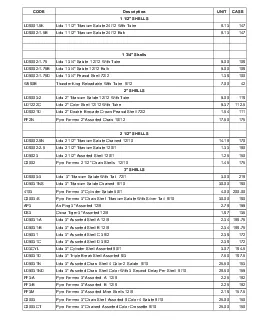PPT-I Shot You First!
Author : faustina-dinatale | Published Date : 2015-09-27
Gameplay Networking in Halo Reach Who am I David Aldridge Lead Networking Engineer at Bungie Spent three years working on Halo Reach networking Ive been making
Presentation Embed Code
Download Presentation
Download Presentation The PPT/PDF document "I Shot You First!" is the property of its rightful owner. Permission is granted to download and print the materials on this website for personal, non-commercial use only, and to display it on your personal computer provided you do not modify the materials and that you retain all copyright notices contained in the materials. By downloading content from our website, you accept the terms of this agreement.
I Shot You First!: Transcript
Download Rules Of Document
"I Shot You First!"The content belongs to its owner. You may download and print it for personal use, without modification, and keep all copyright notices. By downloading, you agree to these terms.
Related Documents














